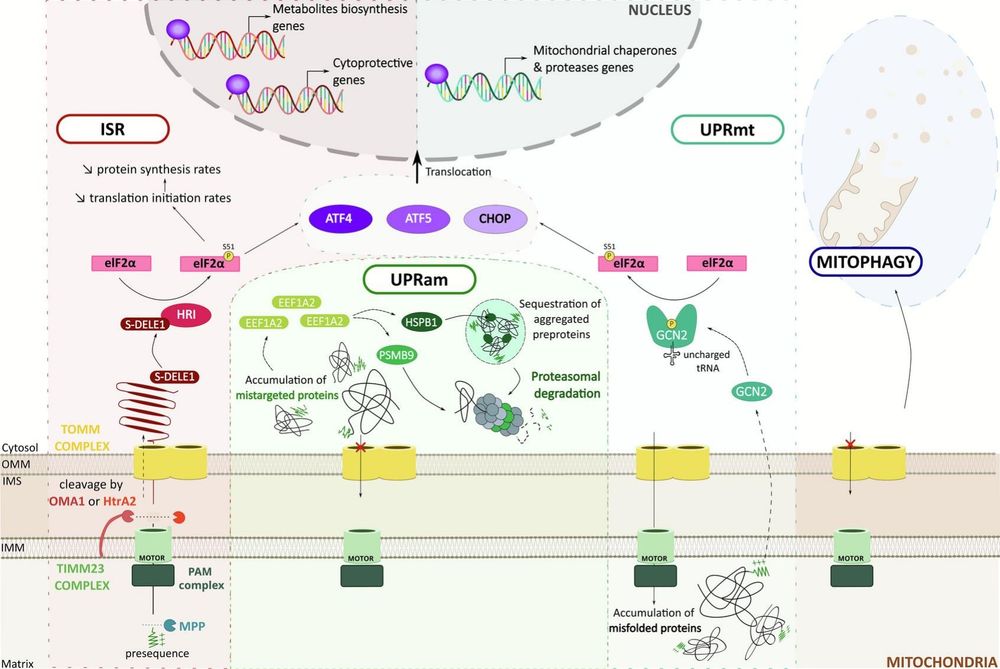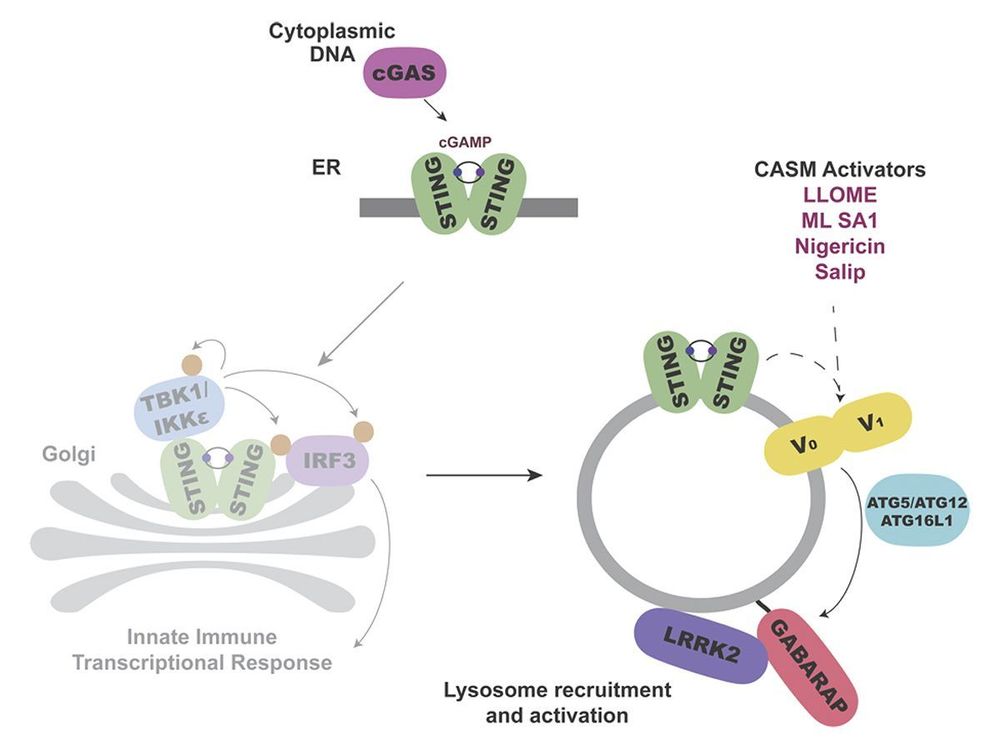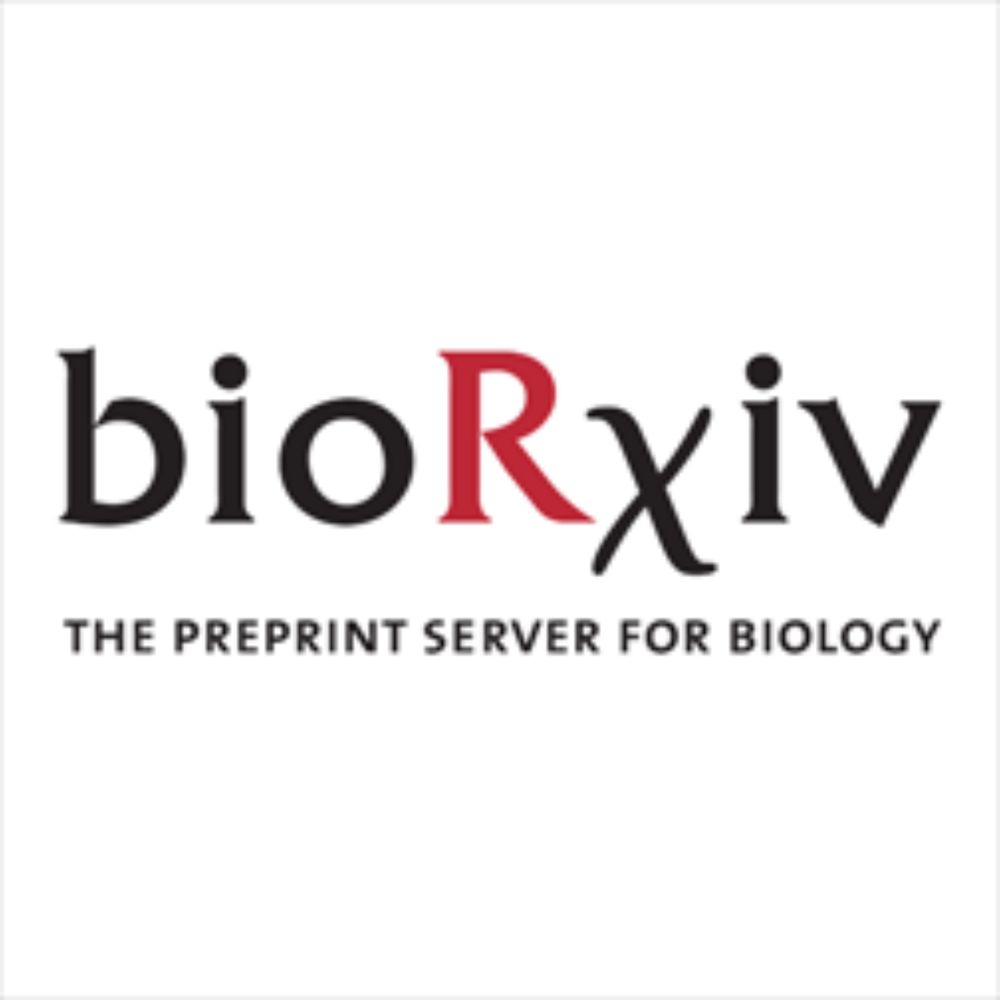
@science.org 🧬🔬 A vision of #chromosome organization | Science www.science.org/doi/10.1126/...
@vram142.bsky.social et al.
@craigmcrews.bsky.social

@science.org 🧬🔬 A vision of #chromosome organization | Science www.science.org/doi/10.1126/...
@vram142.bsky.social et al.

New in @natcomms.nature.com: a live-cell BRET biosensor to study how PRMT5 inhibitors engage their target in a tumour-context cellular environment (1/4)
Open access paper: doi.org/10.1038/s414...

•Reviews how mitochondrial protein import maintains cellular and organelle homeostasis.
•Summarizes the main stress response pathways (ISR, UPRam, UPRmt, mitophagy) triggered by import dysfunction.
www.sciencedirect.com/science/arti...

Interesting paper by the group of Alexander Dömling in Green Chemistry. They used an Ugi four-component reaction followed by product precipitation for the efficient synthesis and purification of a >1200-member acrylamide library.
pubs.rsc.org/en/cont...
#CovalentInhibitors #ChemSky #ChemBio

If you or your trainees are just getting started with image analysis of cells & are #CellProfiler -curious, here is a fairly thorough walk-through demo I did recently. Loading files, extracting metadata (fun with Regex!), identifying objects, measuring, filtering, QC, exporting:
youtu.be/fO5nJdhj_7I

Eukaryogenesis was a billion year spree, but the acquisition of mitochondria happened when the party was winding down www.nature.com/articles/s41...
03.12.2025 19:55 — 👍 46 🔁 19 💬 2 📌 0
Bentley-DeSousa, Roczniak-Ferguson and @shawnferguson.bsky.social reveal converging roles of STING and #lysosome damage in activating LRRK2 at #lysosomes via interactions between LRRK2 & GABARAP rupress.org/jcb/article/...
📕 From The Year In Cell Biology: rupress.org/jcb/collecti...
#CellBio2025

A stem-cell-based monkey embryo model that self-organizes into a comprehensive body plan could lead the way to more-sophisticated models of early human development
go.nature.com/48yxsG6

Linker Modification Enables Control of Key Functional Group Orientation in Macrocycles | Journal of Medicinal Chemistry pubs.acs.org/doi/full/10....
03.12.2025 14:25 — 👍 3 🔁 0 💬 0 📌 0
Now online! A stepwise decoding mechanism for heat sensing in plants connects lipid remodeling to a nuclear signaling cascade
02.12.2025 19:51 — 👍 4 🔁 2 💬 0 📌 0
Excited to share our new method for Pd-catalyzed C–N cross-coupling, now published in @jacs.acspublications.org!
This method utilizes an inexpensive, mild, and soluble base suitable for small & large scales with excellent functional group tolerance across chemical space.
doi.org/10.1021/jacs...

🎉 Our deconstructed, stem-cell–based approach to studying signaling centers and limb-development cell types is out! 🥳 So nice to see it in its final form after the preprint— and huge thanks to the community for all the enthusiasm and interest since then!
www.science.org/doi/10.1126/...

New preprint out! We show that PROTAC-induced ubiquitination can bypass canonical ERAD to degrade ER membrane proteins. Wonderful collaboration w/ @dannomura.bsky.social and huge credit to grad student superstar Sydney Tomlinson!
www.biorxiv.org/content/10.1...

Design, Synthesis, and Structural Evolution of Pseudo-Natural Product IDO1 Inhibitors and Degraders - Published by the Waldmann Group in @angewandtechemie.bsky.social
onlinelibrary.wiley.com/doi/10.1002/...

The epitranscriptome formed by the growing number of modifications occurring within mRNA transcripts.
We have been mapping mRNA modifications for over a decade.
=> Characterizing their functions -- especially on translation -- is a research frontier.

How do new centromeres evolve while staying compatible with the division machinery?
Discover it in our new Nature paper! We show centromeres transition gradually via a mix of drift, selection, and sex, reaching new states that still work with the kinetochore.
👉 doi.org/10.1038/s41586-025-09779-1
A new plant oxygen sensing mechanism, based on methylation of histone H3
What a fantastically interesting story this is, congratulations to the authors!

Check out our latest work on how collided ribosomes activate the MAP3K ZAK! 💫
www.nature.com/articles/s41...
A fun collaboration with @beckmannlab.bsky.social @doubleshuang.bsky.social

AlphaFlex: Ensembles of the human proteome representing disordered regions www.biorxiv.org/cont...
---
#proteomics #prot-preprint

🎉Paper alert! How do #axolotls regrow their limbs to match their body size? A new publication by PoL @friedrich-group.bsky.social along with @tatianasg.bsky.social @crtd-tud.bsky.social shows that opposing morphogen gradients scaling with animal size are key.
Curious? Read our news: tud.link/z6tj5y

Nature research paper: ZAK activation at the collided ribosome
go.nature.com/4a9cika

popEVE is out in Nature Genetics! 🎉
We built a proteome-wide model that combines cross-species and human population variation to rank missense variants by disease severity and help diagnose rare genetic disorders.
rdcu.be/eRu7K
The second part of our (with @origichals.bsky.social and El Hadji) two-part review on non-covalent SUMO interactions is now published, focussing on SUMO-interacting motifs (SIMs), but discussing also other confirmed or potential SUMO-interacting elements.
24.11.2025 21:06 — 👍 16 🔁 7 💬 1 📌 0
From Sameer Velankar & colleagues in @narjournal.bsky.social #NARDatabaseIssue | #AlphaFold #Protein #Structure #Database 2025: a redesigned interface and updated structural coverage | #Bioinformatics #Proteomics #OpenScience #AFDB 🧪🔓 CC/ @ebi.embl.org
⬇️
academic.oup.com/nar/advance-...

How circular extrachromosomal DNA is inherited during cell division has been a puzzle
go.nature.com/441YKU7

AlphaFold Protein Structure Database 2025: a redesigned interface and updated structural coverage academic.oup.com/nar...
---
#proteomics #prot-paper

Thrilled to share that the final piece of my PhD work is now on bioRxiv! biorxiv.org/content/10.1... With support from @nvidia and the @NSF, we used AlphaFold to screen 1.6M+ protein pairs, revealing thousands of potential novel PPIs. All data can be viewed at predictomes.org/hp
12.11.2025 21:26 — 👍 160 🔁 67 💬 5 📌 4
How does messenger RNA (mRNA) get out of the nucleus to become a protein? Eukaryotic mRNA is packaged, exported, and then translated in the cytoplasm. But how do these steps work? And what are open questions? Check out our new review for our take: www.annualreviews.org/content/jour... (1/3)
21.11.2025 17:36 — 👍 120 🔁 52 💬 1 📌 3
I tried the updated Gemini image generator on scientific related image prompts that have failed in the past and I am really impressed by the quality of the outputs. The first is drawing a diagram for a pocket prediction algorithm using Voronoi diagram, Delaunay triangulation and alpha shapes
21.11.2025 13:14 — 👍 25 🔁 8 💬 1 📌 1